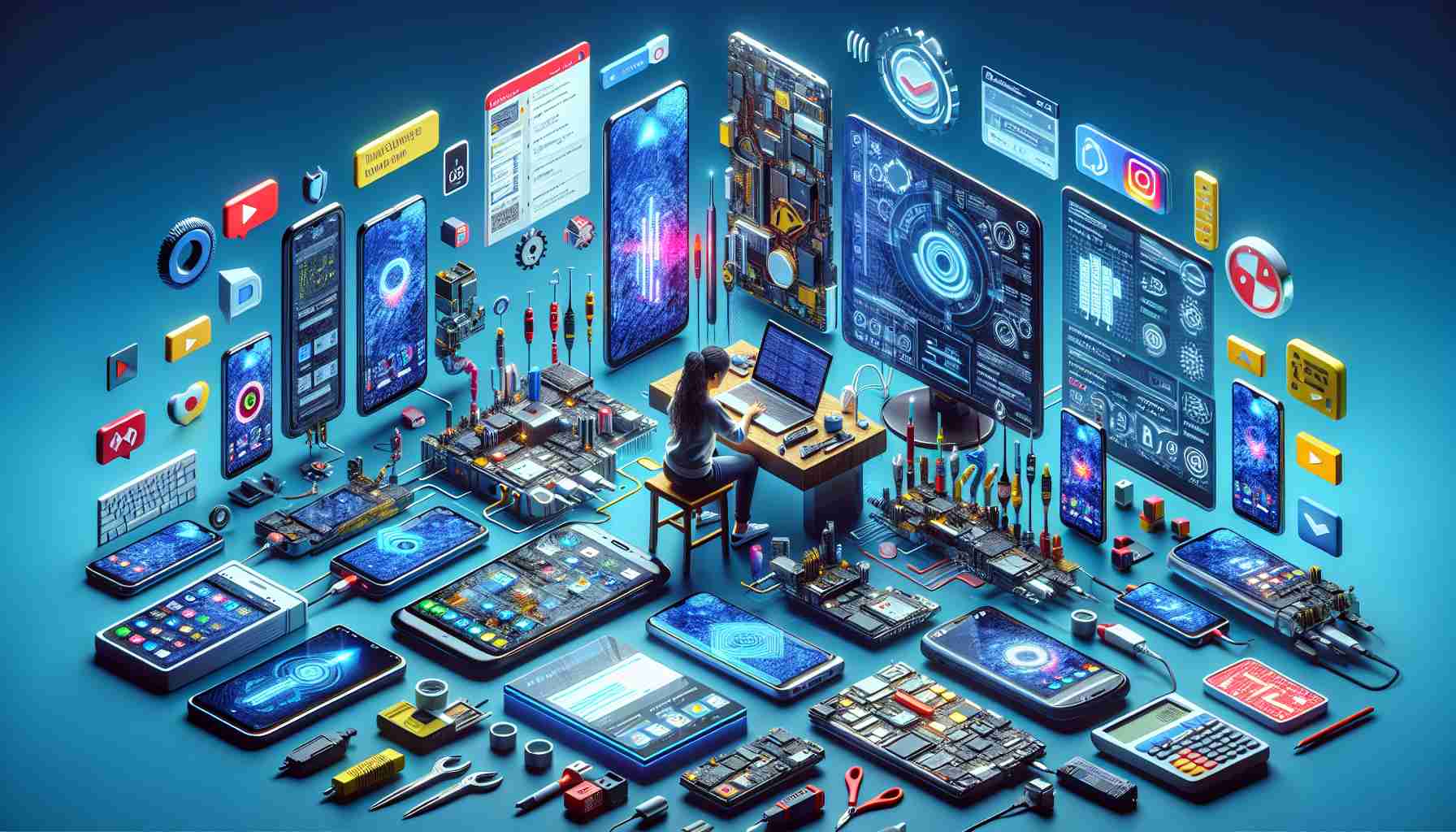Having Trouble Updating Your Smartphone?
If you are facing difficulties updating your smartphone, there could be a variety of reasons causing the issue.
Check for Available Updates
Firstly, ensure that the latest update for your device is indeed available. Device manufacturers like Google typically release new versions of their operating systems periodically, but it may take a couple of months before your specific device is eligible for the update.
Manually Initiate the Update
If you are eager to get the update sooner or want to check for immediate availability, you can manually trigger the update process on your smartphone. Navigate to your device’s settings, locate the system update or software update section, and look for options like “Check for Updates” or “Download and Install.”
Ensure Sufficient Storage and Stable Internet
Make sure that your device has enough free storage space to accommodate the update. Additionally, a stable internet connection is crucial for downloading updates successfully. Weak Wi-Fi signals can impede the update process, leading to delays or interruptions.
Charge Your Device
Low battery levels can also prevent system updates from being installed, even when your phone is plugged in. It’s advisable to have at least 75% battery charge before initiating updates. Connect your device to a power source and wait for it to charge adequately.
Final Thoughts
By addressing these common issues that hinder smartphone updates, you can ensure a smooth and seamless updating process for your device. Remember to always prioritize device maintenance and regular software updates for optimal performance.
Exploring Deeper into Smartphone Update Issues
When troubleshooting smartphone update issues, users may come across additional factors that impact the update process. Here are some key questions and insights to consider:
Are There Compatibility Concerns with Third-Party Apps?
One essential aspect to investigate is whether any third-party applications on your device are conflicting with the update. Sometimes, certain apps may not be updated to be compatible with the latest system software, causing issues during the update process.
Is Device Connectivity a Problem?
Another common challenge users face is maintaining a stable connection during the update. Beyond just ensuring a strong internet connection, users should also check for any hardware issues like faulty charging ports or damaged cables that could affect the update process.
What about Rollback Options?
In instances where an update fails or causes significant problems, users might wonder about rollback options to revert to a previous system version. Understanding how to safely rollback updates can be crucial in case of compatibility issues or performance concerns post-update.
Advantages and Disadvantages of Automatic Updates
While automatic updates offer convenience by ensuring devices are always up-to-date with the latest features and security patches, they can sometimes lead to unexpected glitches or compatibility issues. Users should weigh the pros and cons of automatic updates based on their specific needs and preferences.
Considering Firmware Updates
In addition to system updates, firmware updates for specific device components can also impact overall performance and stability. Users should be aware of how firmware updates differ from standard software updates and their importance in maintaining device functionality.
By delving deeper into these aspects of smartphone update troubleshooting, users can enhance their understanding of potential issues and solutions. Addressing compatibility concerns, connectivity issues, rollback options, and update strategies can contribute to a smoother update experience and improved device performance.
For further information and tips on smartphone maintenance and updates, check out SmartphoneMaker.com for expert advice and insights on mobile device management. Stay informed and empowered to effectively manage your smartphone’s update journey!
